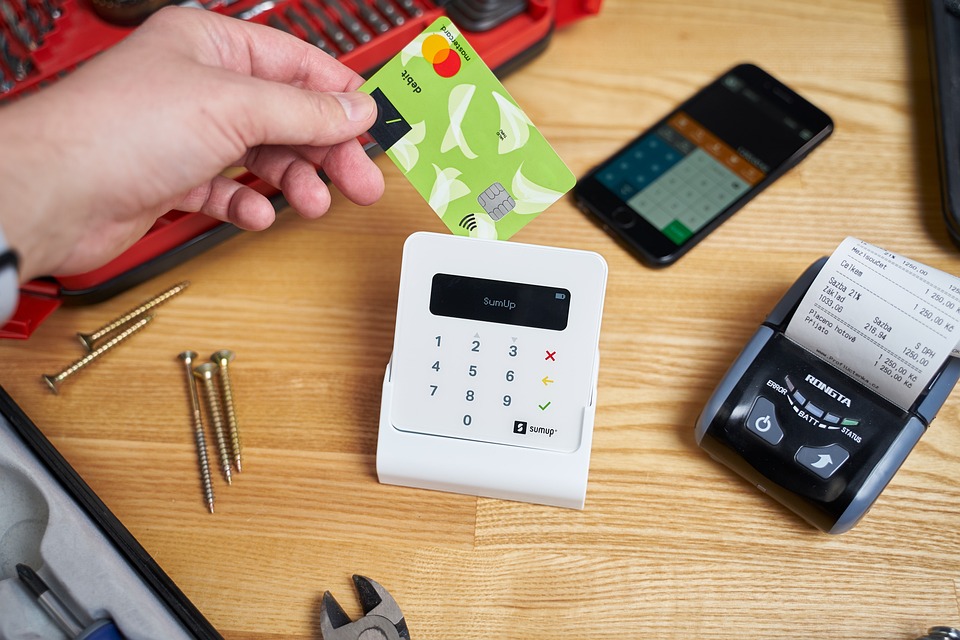Last updated Feb. 4, 2025 by Peter Jakes
Gift cards have been a crucial component of the retail industry, providing businesses with a flexible and lucrative product that appeals to a wide array of consumers. With the Internet of Things (IoT) continually evolving and e-commerce platforms accelerating their reach, the role of gift cards in the retail mix is also transforming. The 2025 Gift Card Study delves deeply into these dynamics, shedding light on the future trajectory of gift cards, consumer preferences, and market trends.
Introduction
Gift cards have long been loved and loathed in equal measure. For some, they represent the perfect gift—flexible, personalizable, and easy to use. For others, they are seen as impersonal and last-minute solutions. However, the undeniable fact remains that gift cards are a cornerstone of modern retail. By 2025, they are projected to become even more ingrained in consumer culture, buoyed by technological advancements and shifting consumer expectations.
The Growth of the Gift Card Market
The global gift card market has witnessed exponential growth in the past decade and is anticipated to continue its upward trajectory through 2025. With technological innovations such as virtual and mobile gift cards, the market is not only expanding in size but also in flexibility and appeal. The convenience of purchasing and redeeming gift cards online contributes significantly to their popularity.
Moreover, the corporate sector’s adoption of gift cards for employee rewards and customer incentives further buoy the market. Companies find gift cards an effective way to motivate employees and retain customers, thus creating a substantial demand from business entities.
Technological Innovations Shaping the Gift Card Industry
Technology is at the heart of the transformations within the gift card sector. With the rise of digital solutions, e-gift cards are becoming more prevalent. These digital versions reduce costs, enhance security, and allow instantaneous, cross-border transactions. The interactivity and customization offered by digital platforms are significant driving factors as well.
Virtual reality and augmented reality are also infiltrating the gift card space. For example, retailers are experimenting with AR to allow consumers to have a virtual shopping experience, thereby bridging the gap between physical and online stores.
Consumer Preferences and Personalization Trends
The emphasis on personalization has taken center stage, with consumers increasingly seeking tailored experiences. Personalized gift cards—offering customizable themes, messages, and even select spending options—are appealing to a demographic that values personal touch and thoughtfulness in gifting.
Additionally, consumers demand transparency and flexibility, such as the ability to combine multiple card balances or to use cards across various platforms. In response, retailers are devising more consumer-friendly policies to enhance gift card usage.
✓ Short Answer
The 2025 Gift Card Study highlights significant market expansion, driven by technological innovations and evolving consumer preferences. The industry is leaning towards digital and personalized gift cards, reflecting a demand for convenience, security, and customization. With continuous growth in e-commerce and widespread adoption in corporate sectors, gift cards remain a versatile and essential tool in modern retail strategies.
Environmental Concerns and Sustainability
Sustainability is increasingly influencing consumer purchase decisions. The study forecasts a growing trend towards eco-friendly gift card solutions. Retailers are beginning to offer cards made from recycled materials or digital versions that negate the need for physical production altogether. Consumers are expected to prefer brands that demonstrate an awareness of environmental impact and offer sustainable options.
Challenges and Opportunities for Retailers
Despite the positive trends, the gift card industry faces its share of challenges. Fraud and security issues are prominent concerns for both consumers and retailers, prompting the need for improved security measures. The development of blockchain technology could play a pivotal role in enhancing security, offering transparency and preventing fraud.
Additionally, with increased consumer demand for flexibility, retailers face the challenge of integrating systems that allow seamless usage and redemption of cards across multiple channels. Those who adapt to these challenges stand to gain significantly in terms of customer loyalty and market share.
Future Outlook
Heading into the future, the gift card landscape is set to experience a dichotomy of increased simplicity and enhanced complexity. While consumers seek easy-to-use solutions, the backend systems supporting these offerings will require sophisticated infrastructures and integrations. Retailers willing to invest in and develop such technologies are likely to benefit the most.
FAQs
Q: What are the primary growth drivers for the 2025 gift card market?
A: Technological advancements, including the rise of digital and mobile gift cards, personalization trends, and the growing adoption of gift cards within corporate sectors are key drivers.
Q: How are emerging technologies impacting gift cards?
A: Technologies such as virtual reality, augmented reality, and blockchain are enhancing the functionality and security of gift cards, while providing unique and personalized experiences.
Q: What role does sustainability play in the future of gift cards?
A: Sustainability is becoming increasingly important, with consumers showing preference for brands that offer eco-friendly gift card options, such as those made from recycled materials or digital-only options.
Q: What are the main challenges in the gift card industry?
A: Key challenges include combating fraud and security threats, and integrating systems for flexible multi-channel gift card redemption.
Q: How do gift cards influence consumer behavior?
A: Gift cards promote consumer spending by offering flexibility and convenience, often leading to new customer acquisitions and increased consumer loyalty for retailers.
In summary, the 2025 Gift Card Study paints a promising picture for the evolving role of gift cards in modern commerce. As retailers embrace technological advancements and adapt to consumer preferences, they will not only enhance the market for gift cards but also embed them more deeply in the retail experience.







